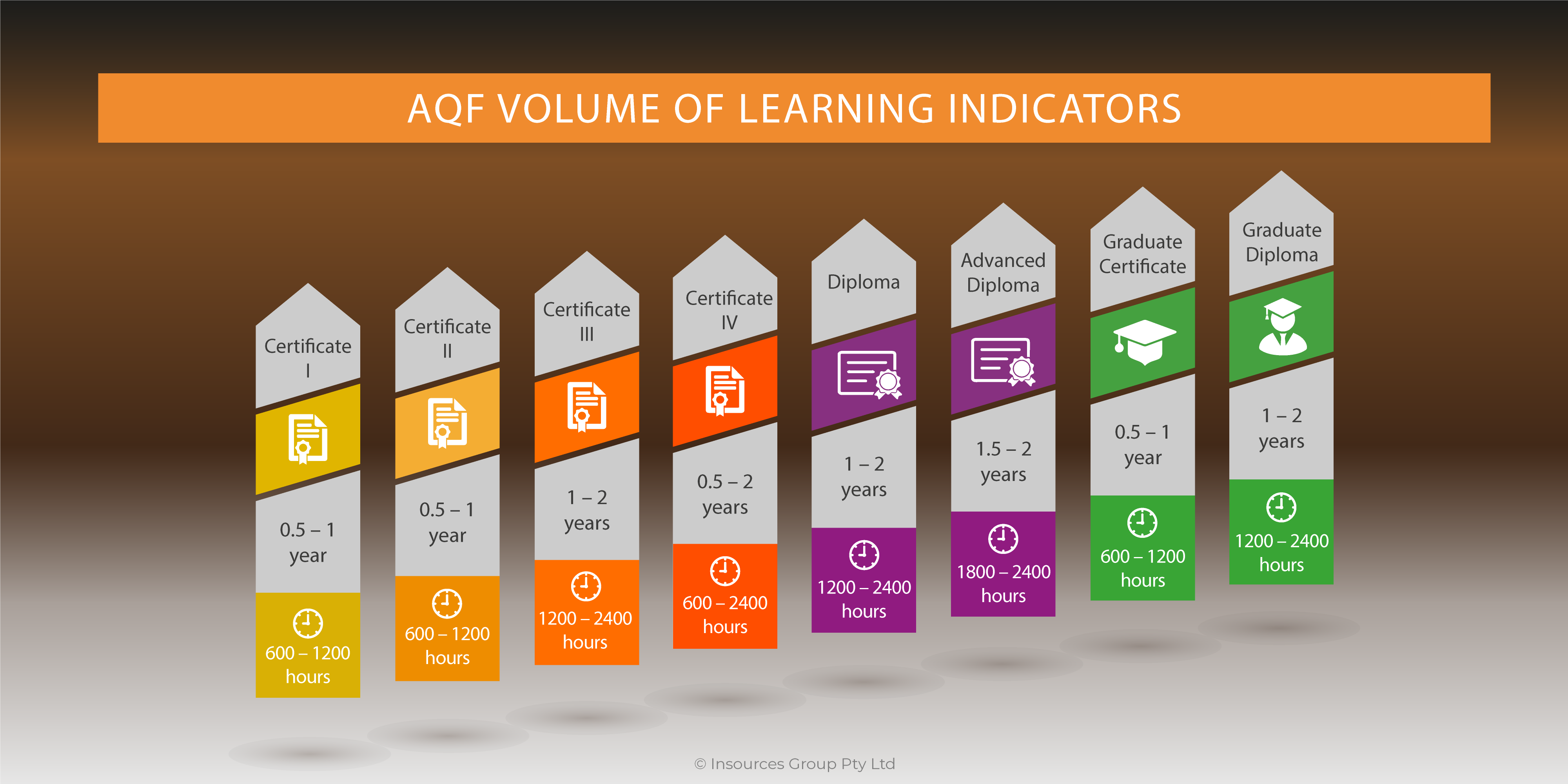Coaching typically begins with a personal interview to assess the individual’s current opportunities and challenges, define the scope of the relationship, identify priorities for action, and establish specific desired outcomes. Subsequent coaching sessions may be conducted in person or using online technology, with each session lasting a previously established length of time. Between scheduled coaching sessions, the individual may be asked to complete specific actions that support the achievement of his or her personally prioritized goals. The coach may provide additional resources in the form of relevant articles, checklists, assessments, or models to support the individual’s thinking and actions. The duration of the coaching relationship varies depending the individual’s personal needs and preferences.”
There are many variations on the steps in the coaching process, but follow a similar format. The steps include
- Establishing and sustaining relationships
- Communicating expectations and establishing performance goals
- Establishing trust
- Encouraging development
- Identifying resources for success
- Observing and analysing current performance and behaviour
- Setting expectations for performance improvement
- Obtaining boundaries commitment, demonstrating desires behaviour, and establishing boundaries
- Providing feedback on practice and performance
- Agreeing on actions and coaching schedule
- Following up to maintain goals
Establishing and Sustaining Relationships
Coaching requires a safe and comfortable environment that encourages open, two-way communication. Factors that inhibit or enhance the creation of a good environment include the coach’s own body language and nonverbal cues.
One of the most important aspects of coaching is the strength of the relationship between the coach and client. This can be tremendous challenge to trainers who need to coach clients with whom they have not connected.
Great dialog begins with the relevance (the topic is important and makes a difference in client’s lives). Questions must move the topic forward and must be provocative and evocative and lead to inquiry. Clients need to feel the freedom to share their ideas and thoughts. A sense of connectedness should also exist between coaches and clients. In addition, coaches must listen well and provide feedback to ensure reception to the ideas presented. Clients also need to feel empowered that they have an impact on the topic being discussed. Finally, great dialog is about play and a conversation that is fun and full of energy.
Establishing Rapport
Coaching is difficult if this is strong relationship does not exist. In establishing a connection, the coach can speed up the process by having deep and meaningful conversations. In cases where practitioners are asked to coach people they do not know well, coaches spend time building foundations for the relationships; this time is well worth the initial effort and will allow the coaches to understand client’s needs and goals more fully and quickly.
Spending time establishing rapport and clearly stating the purpose for the coaching session is important. For example, after some friendly conversation, a coach could say something like, “what I would like to discuss today is how I can help you be more effective in dealing with irate customers.”
If the client does not think that a coaching conversation is relevant, this is a problem. The coach should then have an open conversation about how the client would like to see the meeting change. The coach should try to accommodate the client’s hopes while continuing to provide what the client needs to navigate the problem with.
Asking Questions
Inquiry is at the core of coaching and critical in establishing a productive coaching relationship. People seek coaching because they want to explore and improve their effectiveness and learn more about themselves. Asking more questions is a great way to jumpstart inquiry. The two most common types of questions are closed-ended and open-ended.
- Closed-ended questions ask for a short or one-word answer: “Do you want to be successful?”
- Open-ended questions ask for a longer or individualised answer: “What would it take for you to be successful?”
To create effective inquiry, the coach needs to look deeper than whether the question is closed- or open-ended. Both types can be poor or excellent questions, although open-ended questions involve the client more. The preceding examples are both poor questions. They are not interesting and are too general.
Another way to create inquiry focusses on the quality of the questions asked, in terms of how provocative or evocative they are.
- Provocative questions excite and stimulate conversation: “What would happen if….?”
- Evocative questions pull in participants and help bring things to mind: “What kind of work makes you feel most engaged and satisfied?”
When the task is more complex, the Socratic method of asking questions is an essential coaching strategy. To help clients develop critical thinking and creativity skills, Socratic questions emphasize the use of thought-provoking questions to promote learning (instead of offering opinions and advice). A well-executed Socratic question stretches the mind and challenges deeply held beliefs. Socratic questions are probing and open-ended and can be used in any situation. These are some examples of Socratic questions:
- Why are you saying that?
- What exactly does this mean?
- How does this relate to what we have been talking about?
- What is the nature of….?
- What do we already know about this?
- Can you give me an example?
- Are you saying….or ….?
- Can you rephrase that, please?
Using Socratic questions to generate inquiry improves the coach’s ability to remain objective by facilitating the client’s self-discovery. They help to expand a coach’s analysis of the situation and increase the number and the quality of the possibilities considered. These questions also increase the energy of the dialog and improve the client’s learning.
Communicating Expectations and Establishing Performance Goals
Helping clients clarifying their goals is important. Many clients will have only vague notions about their goals. Other will hold onto outdated or unrealistic goals. Some goals will be murky or too broad. Some clients find inspiring, actionable, and meaningful. Goals should be neither too broad nor too specific and should be challenging, but not impossible.
Once the goals have been crafted, coaches help clients create visions of success. Together, the coach and client should agree about what success will look like and how they will know when it has been achieved.
Once the goals are clarified and defined, coaches help clients assess the current reality relative to their goals. Coaches ask clients to share the information they have collected, their current results, and their basic assumptions and beliefs about the goals. The end product of this work is a crisp explanation of the client’s goals, how far they are from achieving them, and an idea of their current approaches.
To establish goals, it is important to have a starting point. This can be determined with a self-assessment. The client may try various ways to didge the issue and accept no responsibility for poor performance. In many cases, the client agrees that a performance problem exists but places blame on someone else. Coaches are careful documentation will be of invaluable support, particularly in situations in which clients repeatedly make excuses.
Reference:
- Coaching, ASTD Press, 2012
- Hand Book Workplace Learning Professional, ASTD Press, 2013
Communication in Business, Juduth Dwyer, Pearson, 2009




